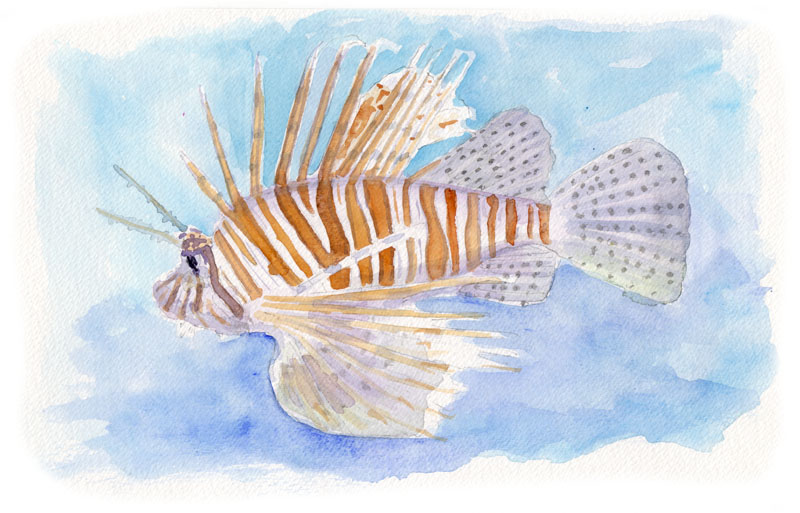TOXINS IN THE FOODS WE EAT and CYANIDE
Volume 26 Number 2
ISSN-1059-6518
By Frank Hubbell, DO
There are quite a few foods that we commonly eat that contain potentially lethal toxins. Fortunately, they are in trace quantities, and our liver is generally able to detoxify them before they can cause us any harm.
One particular toxin that is found in a variety of foods is amygdalin, a cyanogenic glycoside that is metabolized into hydrogen cyanide (HCN). Egads! CYANIDE– that could kill you!
Cyanide can be found in the following seeds and foods:
Apple seeds Cherry pits
Peach pits Apricot pits
Plums Pears
Almonds Lima beans
Nectarines Barley
Cabbage Sorghum
Broccoli Cauliflower
Flaxseed Bamboo
White Clover
Cassava root = tapioca, manioc, yuca
The questions are where does the cyanide come from, and why it is in these seeds, fruits, or vegetables?
Some plants have the ability to fix nitrogen to carbon with a triple bond, making hydrogen cyanide = HCN, one hydrogen atom, one carbon atom, and one nitrogen atom. Of course at this point, you’re wondering why aren’t all plants potentially cyanide carriers. The plants have to have the enzymes necessary to carry out these chemical reactions and it has to be able to store the hydrogen cyanide without harming itself.





